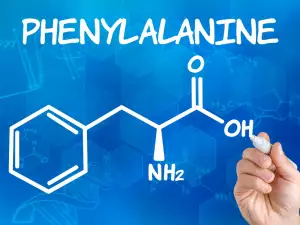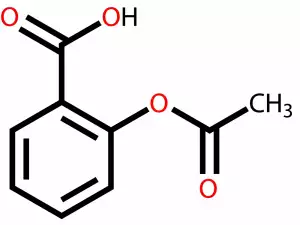Human bodies may not be as effective in the production of energy from carbohydrates and fats, without the help of lipoic acid. It is a nutrient also classified as an antioxidant, which plays a direct role in protecting cells against damage from oxygen damage. In addition, it supplies the body with several antioxidants, including vitamins E and C, which would not be successful in the absence of lipoic acid.
An essential characteristic of lipoic acid is its ability to function and water-based and fat-based environments.
The way in which cells produce lipoic acid is not entirely clear, but presumably it is obtained by taking two atoms of sulfur amino acid called methionine, and the rest of the chemical structure is derived from a fatty acid known as octanoic acid.
Functions of Lipoic Acid
- Energy production - lipoic acid finds its place at the end of the process, called glycolysis, in which cells create energy from sugar and starch.
- Prevention of cellular damage - an important role is played by the antioxidant function of lipoic acid and its ability to help prevent oxygen-based damage to cells.
- Maintain supply of other antioxidants - lipoic acid interacts with vitamin C and soluble fat ( vitamin E ) substances and therefore helps to prevent shortages of both types of vitamins. Other antioxidants such as coenzyme Q, glutathione, and NADH (a form of niacin) are also dependent on the presence of lipoic acid.
Deficiency of Lipoic Acid
Since lipoic acid is in close cooperation with a number of other nutrients and antioxidants, it is difficult to independently determine the symptoms of deficiency of this acid. Therefore, these symptoms are associated with symptoms of deficiency of other substances, namely, impaired immune function and increased susceptibility to colds and other infections, memory problems, decreased muscle mass, stunted development.
Because lipoic acid is found in the mitochondria (the energy production units) of animal cells, people who do not eat animal products may be at higher risk of lipoic acid deficiency. Vegetarians who do not eat leafy green vegetables can also be subject to similar problems as those of vitamin C, ehich contains the majority of lipoic acid.
Because lipoic acid protects proteins during the process of aging , older people may be at higher risk of deficiency.
Similarly, because lipoic acid is used to regulate blood sugar levels, people with diabetes denigrate to be a greater risk of deficiency.

People with poor intake of proteins, especially sulfur-containing amino acids are also at greater risk because lipoic acid gets its sulfur atoms from these sulfur-containing amino acids.
Since lipoic acid is absorbed mainly by the stomach, people with stomach disorders or low stomach acid can also be at increased risk of deficiency.
Benefits of lipoic acid
Lipoic acid may play an important role in the prevention and / or treatment of the following diseases: cataracts, chronic fatigue syndrome, chronic muscle fatigue, diabetes, glaucoma, AIDS, hypoglycemia, impaired glucose tolerance, insulin resistance, liver disease, lung cancer, neurodegenerative diseases in children, radiation diseases .
In the vast majority of food additives Lipoic acid is found in the form of alpha-lipoic acid. Once inside the body, this form of lipoic acid can be converted into a second form called dehydrolipoic acid or DHLA. Lipoic acid usually comes in doses of 25-50 mg, assuming that the daily limit is 100 milligrams, unless specifically recommended for specific diseases, such as diabetes .
Food sources of lipoic acid
- Green plants that have a high concentration of chloroplasts. Chloroplasts are key sites for the production of energy in plants and lipoic acid is required for this activity. Therefore, broccoli , spinach and other leafy green vegetables are lipoic acid’s bes source foods.
- Animal foods - mitochondria are the critical points in the production of energy in animals and principal place is given to lipoic acid. Therefore, tissues with many mitochondria (such as heart, liver, kidney and skeletal muscles) are good places to find lipoic acid.



















Comments